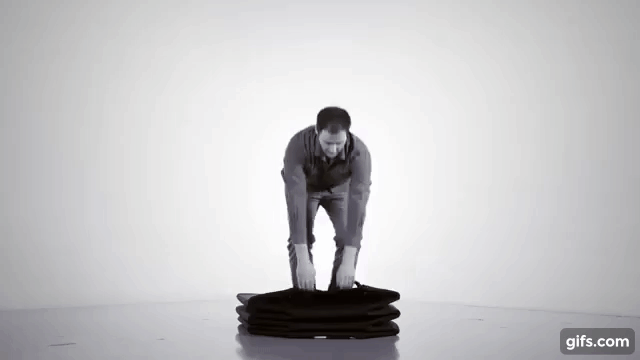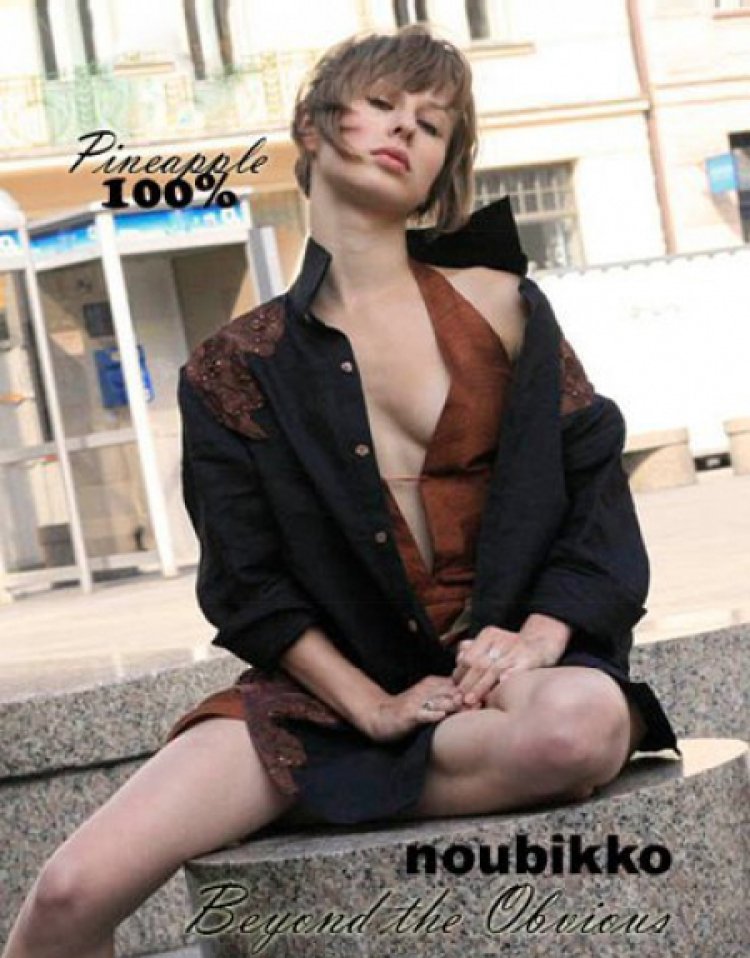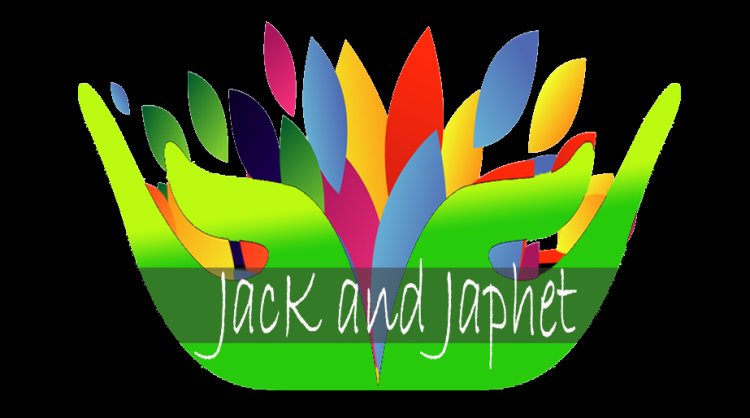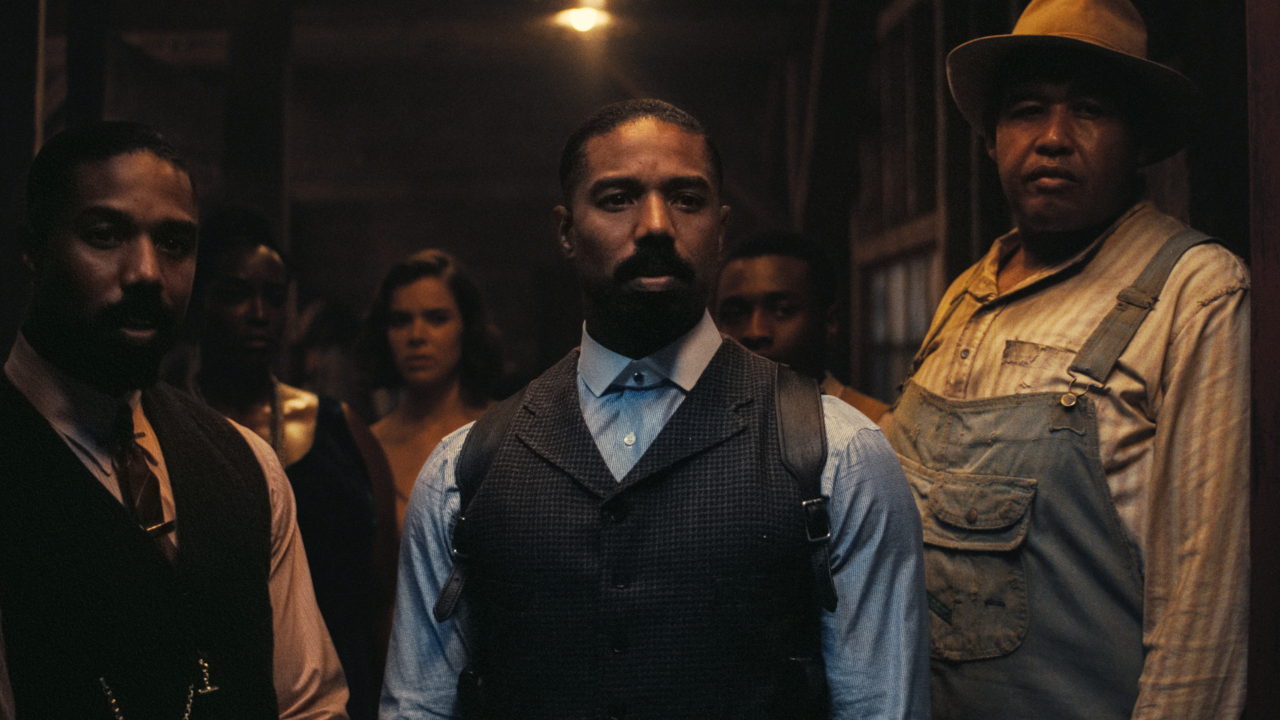Sirocco and the Kingdom of the Winds
Patient and kindhearted, a painted storybook in motion, "Sirocco and the Kingdom of the Winds" is a lovely glimpse of what animation can be. Directed and cowritten by French moviemaker Benoît Chieux (with writing partner Alain Gagnol), and coproduced in Belgium and France, it's a work that has a lot of influences, from "Yellow Submarine" and "Fantastic Planet" and "The Wizard of Oz" to Dr. Seuss and the collected works of Hayao Miyazaki. But it doesn't do direct homages or references; it's too elegant and clever for that. I'm guessing that American rereleasing company GKids decided to screen it for two days only at the AMC Theaters chain out of a mistaken belief that a soft-spoken, patiently told movie that seems to glide across the screen should automatically be considered niche or "arthouse." There were a lot of young kids at the screening I attended yesterday, and they all seemed enraptured by it. It has a bedtime story feeling. It opens the eyes, the ears, and the mind. The movie jumps into its simple story. Little Juliette has just turned five, and is sent with her eight-year old sister Carmen to the home of her mother's friend Agnès, who wrote a popular series of children's fantasy books about "The Kingdom of Winds" in which a sorcerer named Sirocco (who has one visible eye and dresses like a mid-20th century impresario) holds sway by controlling air streams. An encounter with an enchanted toy sweeps them into the storybook world, where they morph into cats (a design that tips its hat to the little boy in Maurice Sendak's "Where the Wild Things Are") and get into a series of adventures and misadventures sparked by an accident that angers The Mayor of a community (a big, goofy, somewhat blank-faced goblin-type) and turns the girls into public enemies. As punishment for their mistake, the Mayor hands Juliette over to the opera singer that he idolizes, Selma, and tells Carmen that she'll have to marry the Mayor's dumb-as-box-of-rocks son. Only the wizard Sirocco (like the Wizard of Oz before him) can help them escape this awful situation and return home. It's hard to describe the simplicity and perfection of the imagery in this movie in a way that captures its calming, centering effect on the viewer. Chieux and his team of hundreds of artists use a wide-and-narrow frame to create enveloping panoramas but also more abstract tableaux that are dependent on repeated shapes and solid colors. And I do mean solid. This is a movie that looks and feels substantive, like a thing that was actually drawn or painted, or made, on paper or a traditional cel, rather than being comprised of weightless ones and zeroes in a computer. There's a little bit of shading here and there, but for the most part the movie's color palette is so regimented that some of the compositions look as if they're constructed from mosaic tiles, or the ovoid or circular glass pieces used in Turkish lampshades. There's no standard design to the magical beings in the movie, just as there weren't in "Fantastic Planet" or "Yellow Submarine." It's a polyglot, a potluck, and all the more playful for that reason. The opera singer Selma has aspects of the water-drinking bird and probably a half-dozen classic toys. There are creatures that look like they came out of a Miyazaki movie (including a spider-legged creature that could be a cousin of the soot creatures in "Spirited Away") and landscapes that might've been pieced together from overlapping pieces of carefully-cut construction paper. The story is mostly "these girls want to get back home," but there's a buried layer of secondary inferences and meanings that might not be noticed by young children, such as the theme of transforming grief into art (the author of the Sirocco books has modeled the character of Selma on her sister, and it seems as if it's her way of bringing her back, if you catch my meaning). It's a subtle movie in every way, even in its bold imagining of characters and landscapes. We've gotten used to thinking that animation must be made within a very narrow bandwidth of style to be considered commercially releasable: you know, the "three-dimensional" kind of animation that either tends towards photorealism (and what's the point of that, honestly?) or that makes all of its characters look kind of like bobblehead dolls or Funko Pop characters, with oversized heads and sped-up limbs and overdone facial expressions (the "DreamWorks face" is the worst) and tops it all off with a soundtrack of overly familiar pop songs, often deployed in the most crushingly literal manner. A phrase that came to mind about halfway through "Sirocco" was "mental palate cleanser." It clears out all the preconceptions that corporate animation has encrusted upon the moviegoing imagination and turns it loose to fly again.


Patient and kindhearted, a painted storybook in motion, "Sirocco and the Kingdom of the Winds" is a lovely glimpse of what animation can be. Directed and cowritten by French moviemaker Benoît Chieux (with writing partner Alain Gagnol), and coproduced in Belgium and France, it's a work that has a lot of influences, from "Yellow Submarine" and "Fantastic Planet" and "The Wizard of Oz" to Dr. Seuss and the collected works of Hayao Miyazaki. But it doesn't do direct homages or references; it's too elegant and clever for that. I'm guessing that American rereleasing company GKids decided to screen it for two days only at the AMC Theaters chain out of a mistaken belief that a soft-spoken, patiently told movie that seems to glide across the screen should automatically be considered niche or "arthouse." There were a lot of young kids at the screening I attended yesterday, and they all seemed enraptured by it. It has a bedtime story feeling. It opens the eyes, the ears, and the mind.
The movie jumps into its simple story. Little Juliette has just turned five, and is sent with her eight-year old sister Carmen to the home of her mother's friend Agnès, who wrote a popular series of children's fantasy books about "The Kingdom of Winds" in which a sorcerer named Sirocco (who has one visible eye and dresses like a mid-20th century impresario) holds sway by controlling air streams. An encounter with an enchanted toy sweeps them into the storybook world, where they morph into cats (a design that tips its hat to the little boy in Maurice Sendak's "Where the Wild Things Are") and get into a series of adventures and misadventures sparked by an accident that angers The Mayor of a community (a big, goofy, somewhat blank-faced goblin-type) and turns the girls into public enemies. As punishment for their mistake, the Mayor hands Juliette over to the opera singer that he idolizes, Selma, and tells Carmen that she'll have to marry the Mayor's dumb-as-box-of-rocks son. Only the wizard Sirocco (like the Wizard of Oz before him) can help them escape this awful situation and return home.
It's hard to describe the simplicity and perfection of the imagery in this movie in a way that captures its calming, centering effect on the viewer. Chieux and his team of hundreds of artists use a wide-and-narrow frame to create enveloping panoramas but also more abstract tableaux that are dependent on repeated shapes and solid colors. And I do mean solid. This is a movie that looks and feels substantive, like a thing that was actually drawn or painted, or made, on paper or a traditional cel, rather than being comprised of weightless ones and zeroes in a computer. There's a little bit of shading here and there, but for the most part the movie's color palette is so regimented that some of the compositions look as if they're constructed from mosaic tiles, or the ovoid or circular glass pieces used in Turkish lampshades.
There's no standard design to the magical beings in the movie, just as there weren't in "Fantastic Planet" or "Yellow Submarine." It's a polyglot, a potluck, and all the more playful for that reason. The opera singer Selma has aspects of the water-drinking bird and probably a half-dozen classic toys. There are creatures that look like they came out of a Miyazaki movie (including a spider-legged creature that could be a cousin of the soot creatures in "Spirited Away") and landscapes that might've been pieced together from overlapping pieces of carefully-cut construction paper. The story is mostly "these girls want to get back home," but there's a buried layer of secondary inferences and meanings that might not be noticed by young children, such as the theme of transforming grief into art (the author of the Sirocco books has modeled the character of Selma on her sister, and it seems as if it's her way of bringing her back, if you catch my meaning). It's a subtle movie in every way, even in its bold imagining of characters and landscapes.
We've gotten used to thinking that animation must be made within a very narrow bandwidth of style to be considered commercially releasable: you know, the "three-dimensional" kind of animation that either tends towards photorealism (and what's the point of that, honestly?) or that makes all of its characters look kind of like bobblehead dolls or Funko Pop characters, with oversized heads and sped-up limbs and overdone facial expressions (the "DreamWorks face" is the worst) and tops it all off with a soundtrack of overly familiar pop songs, often deployed in the most crushingly literal manner. A phrase that came to mind about halfway through "Sirocco" was "mental palate cleanser." It clears out all the preconceptions that corporate animation has encrusted upon the moviegoing imagination and turns it loose to fly again.




















